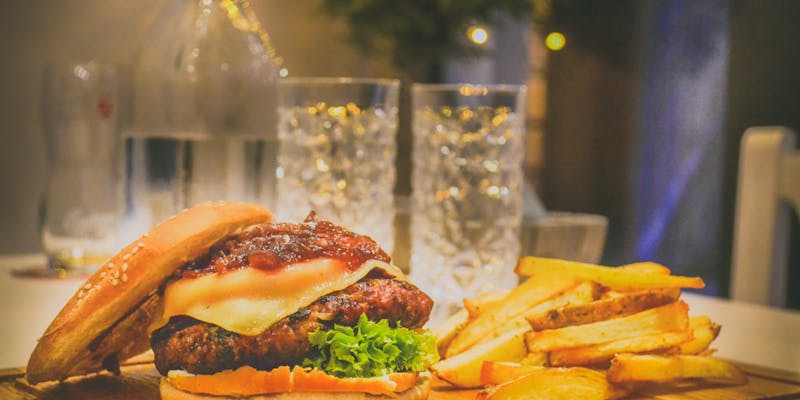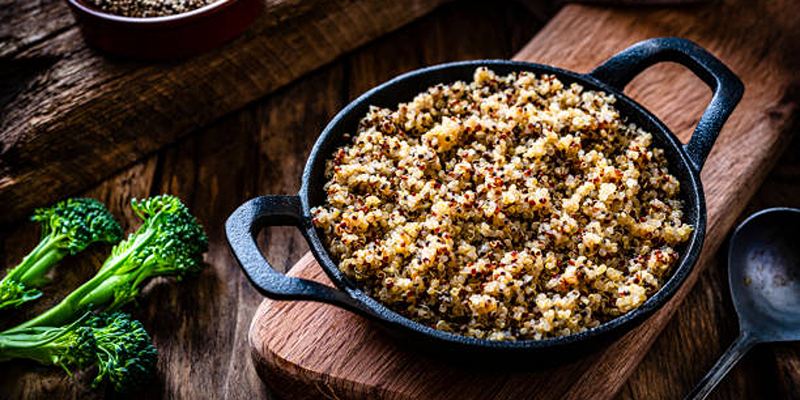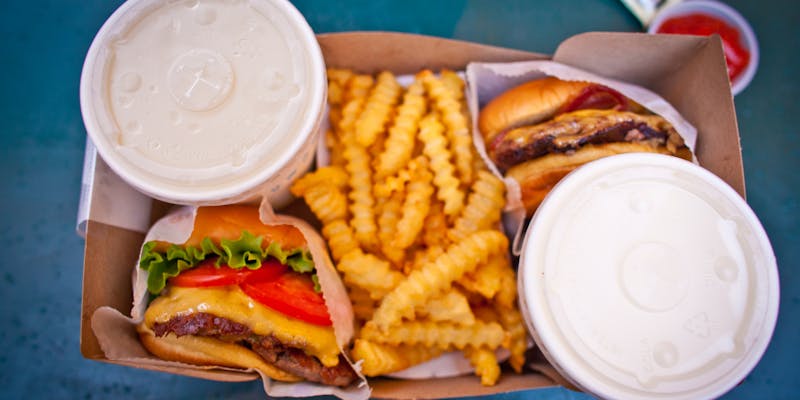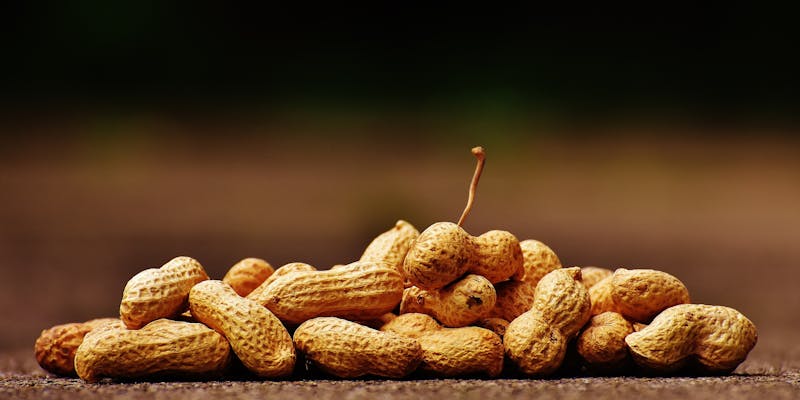Why Is Food Processing Beneficial? Top Factors You Should Know
Mar 27, 2024 By Nancy Miller
"Food processing" refers to changing raw materials from farms or markets into finished foods. Various physical and chemical procedures transform the basic components into finished foods. The methods use clean, harvested crops or slain animals to make items appealing to consumers and have a long shelf life. Food processing uses food processing conveyors that alter several nutritional qualities; to make up for this, additives are added to the product, which might negatively affect health.
Popular Methods of Food Processing
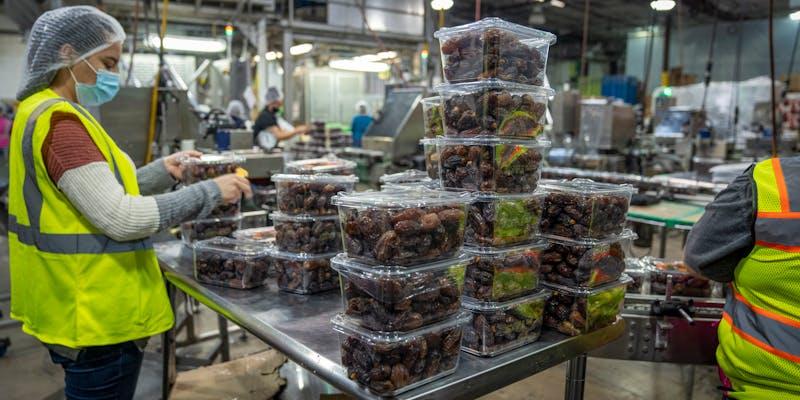
Some of the many methods of processing food include canning, pickling, emulsifying, macerating, mincing, liquefaction, etc.
Canning
Canned food is one of the easiest methods to keep it fresh. Jars or cans hold fruits, nuts, vegetables, and meats. Next, raise the temperatures of these containers. This destroys harmful bacteria and shuts the container, keeping food fresh. Food keeps fresh longer when sealed, protecting it from contaminants. Canned goods allow us to enjoy seasonal treats year-round. Although convenient, canned goods must be stored in a cool, dry place to ensure quality.
Milling
Milling is a method adopted by food processing lines. Grain mills smash grains using machinery or stones, forming flour, meal, and grits. These milling commodities are used in cooking and baking. Food texture may change during milling, which may aid the digestion of certain cereals. Thanks to milling technology, our food is more versatile and finer.
Blanching
Submerging food in boiling water blanches it. It cools quickly in frigid water. This method commonly uses vegetables. It may maintain color, taste, and texture. Blanching aids food skin removal. Before freezing vegetables, this is a good precaution since enzyme activity may cause taste loss.
Freezing
Freezing is a process of a food processing line that preserves food's quality and shelf life. Food solidifies while cooking and inhibiting microorganism growth. Foods may be frozen to maintain taste and nutrients. It's a common home food storage strategy. Fruits, vegetables, meat, and seafood may be frozen. Before eating, we thaw or boil them. Freezing a variety of foods lets you eat them whenever you choose.
Fermentation
Fermentation is microbe-based organic food preservation. Bacteria, yeast, and fungi convert carbohydrates into simpler compounds. This produces beverages, yogurt, sauerkraut, and kimchi. Besides tasting great, fermented foods are healthy. Due to their high microbial content, they may help our digestion. Also, eating live bacteria improves digestion and immunity.
Pasteurization
Pasteurization guarantees food safety. When food is cooked properly, dangerous germs and bacteria die. The cycle keeps food safe without cooking. Milk pasteurization is a common food processor activity. Milk has a long shelf life after pasteurization. So, consuming raw milk is safer. Pasteurization kills harmful bacteria and preserves most of the food's nutrients.
Benefits Of Food Processing
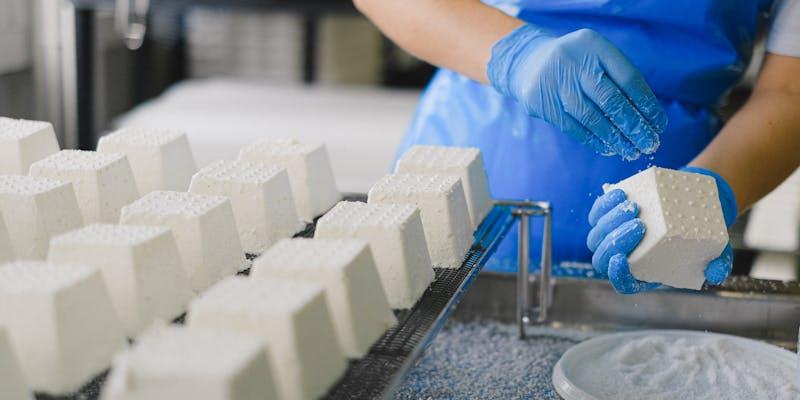
Extending Shelf Life
Food may be preserved by adding substances and pasteurizing, sterilizing, fermenting, drying, freezing, and canning. This has numerous benefits:
- The food processing consultants recommend this because food waste benefits farmers, consumers, and the environment.
- It improves food safety by reducing the likelihood of bacterial contamination.
- Making food more accessible and, hence, simpler to carry and store.
- In times of disaster, when food assistance is required, it is key.
- Donations and redistribution of food, like that of food banks, are aided by this.
- Since it allows transportation and manufacturing on a greater scale, it lowers food prices.
- Providing adequate room for storage offers the ease of having meals that endure a long time on hand.
Pleasurable To Eat
Things like chocolate, chips, and pastries are mostly consumed for their flavor and pleasure rather than their nutritious worth, and many manufactured meals fall into this category. Having a good connection with food requires letting yourself appreciate these delicacies.
Once you remove these items from the "special treat" category, you may perceive them more objectively. As a result, the likelihood of engaging in disordered eating behaviors, including purging, restriction, and bingeing, might decrease.
Food Safety
Food safety is another benefit of processing. Pasteurization/sterilization eliminates dangerous germs and reduces food poisoning. Canning, freezing, and drying preserve food and decrease contamination. Food poisoning is minimized because food processing line facilities must fulfill strict hygiene, pest management, and temperature regulations. Food safety organizations like the UK's FSA and Europe's EFSA strictly regulate all processed food additives.
Institutions that produce food must maintain meticulous records of their ingredients, suppliers, and production procedures to swiftly identify potentially dangerous substances in the case of a food safety concern. However, because of the high component density in processed foods, food processing consultants recommend it as few problems may arise.
Helps Pack Extra Nutrients
The more processed option may be healthier owing to nutrients. Non-organic, highly processed plant-based milk may contain calcium and iodine, but organic ones cannot. Iron-fortified breakfast cereals may be better than plain oats for iron intake. Fermenting food may improve digestibility and nutritional availability while creating probiotics.
Food processing line methods involve food processing conveyors that may either destroy or preserve nutrients. Some methods destroy nutrients, such as vitamin C, while others preserve them, such as heat treatment and lengthy storage. For instance, plants' vitamin C content has been seen to be maintained when frozen. Processed meals may increase the diversity of your diet as they make it easier to acquire items that would not be easily accessible or practical to eat regularly.
Highly Convenient
One major perk of processed meals is the time and effort they save us. Due to the hectic nature of modern living, many individuals sometimes resort to quick and easy solutions for feeding themselves and their families. Processed foods were very helpful in facilitating the change that occurred in the early 20th century when women began to work outside the house. It used to be that affluent people often employed chefs and maids since getting meals from scratch was so laborious.
For instance, making items from scratch is cheaper when cooking in bulk. If time, cooking space, or other resources are limited, food-insecure people may buy a $1 ready meal rather than batch-prepare. Processed foods' convenience, increased shelf life, and ease of access may rescue the day when fresh food is scarce, or you have a chronic illness or disability that makes cooking difficult.
